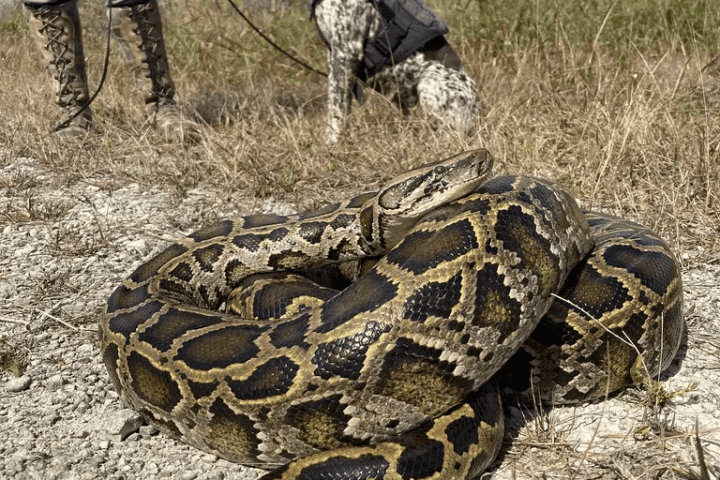In the lush, flowing expanses of the Grand River, a team of conservationists from the Missouri Department of Conservation (MDC), U.S. Fish and Wildlife Service (USFWS), and Kansas Department of Wildlife and Parks, embarked on a mission in September, wielding nets and electrofishing tools, not as conquerors, but as protectors of the aquatic realm. Their quarry was the invasive carp, a species that, while unassuming, poses a significant threat to the native fish and the ecological balance of the river. A whopping 38,700 pounds of these aquatic invaders were removed, a feat that was not just about extraction but was also a strategic move to safeguard the river habitat for native fish and to gather insights for future commercial operations to manage the carp population.
Invasive carp, with their rapid reproduction and voracious appetite, usurp resources, squeezing out native fish and disrupting the aquatic ecosystem. The removal efforts, while not eradicating the carp, aim to reduce their numbers, thereby providing a breather for native fish to thrive. The majority removed were silver carp, with a smattering of bighead and grass carp, ensuring that the native fish caught during the operation were counted and released back, contributing to data tracking endeavors.
The USFWS partners will continue to conduct hydroacoustic surveys in the coming weeks, and in the next few months, the data will be analyzed to estimate the impact on the invasive carp population. This data will empower MDC science staff to monitor the effects on the area post-removal and ascertain whether the objective of eliminating 30-40% of the invasive carp was achieved during the project. For more about invasive carp, visit MDC’s page.
Similar Posts
In a similar vein, other instances of invasive species removal have been noted. For instance, in Lake Michigan, aquatic invasive species like the blood-sucking sea lamprey and jumping silver carp have been a matter of concern. Efforts to manage and prevent new introductions of these species have been ongoing, with a focus on safeguarding the lake’s ecosystem.
Moreover, the historical context of invasive species removal and management is not new to the United States. The Indian Removal Act of 1830, for example, was a policy that, while not related to fish, involved the forced removal of Native American nations from their lands, showcasing a historical precedent of removal for the sake of management and control .
In the gentle ripples of the Grand River, the conservationists saw not just the water and fish but an ecosystem hanging in the balance, a delicate world where every species plays a role in maintaining harmony. Their efforts, while a drop in the ocean, signify a step towards preserving the aquatic world for generations to come, ensuring that the rivers continue to flow, teeming with life and vitality.
















